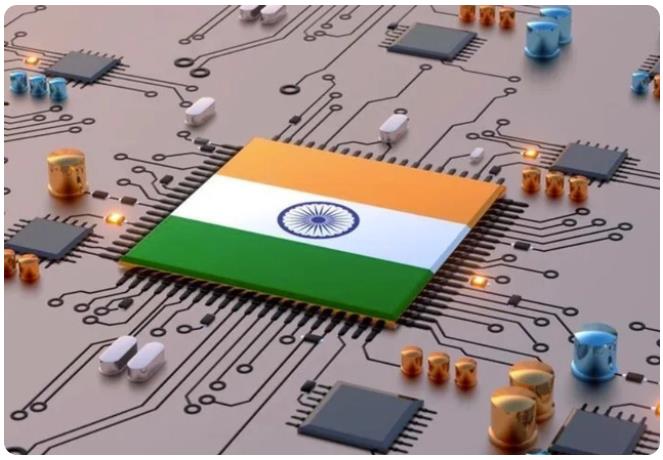On July 31, Indian government sources revealed that Foxconn plans to sign an investment agreement worth US$194 million with India in Tamil Nadu to build a new electronic component factory. Meanwhile, Indian Prime Minister Narendra Modi worked to promote India's status as a semiconductor base at the recent India Semiconductor Forum. India's "Printing News" reported that representatives of many companies, including senior executives of global chip companies such as Hon Hai Group, AMD and Micron, attended the forum.

At the meeting, US semiconductor companies also announced their investment plans in India. According to a CNBC website report, American chip manufacturing giant AMD Chief Technology Officer Pep Master announced that AMD plans to invest 400 million US dollars in India in the next five years to establish the company's largest design center in India to strengthen its business in India develop. In addition, Micron also plans to establish semiconductor assembly and testing facilities in Gujarat, India, with a total investment of up to 825 million US dollars.
India hopes to become a global chip power, and its semiconductor strategy consists of two parts: attracting investment from foreign companies and expanding cooperation with other major semiconductor countries such as the United States.
However, a year and a half has passed since India unveiled its semiconductor incentive plan, and progress has been slow. According to a report by the British Broadcasting Corporation (BBC), in addition to Foxconn's withdrawal from the US$19.5 billion joint venture project with India's Vedanta, the plans of at least two companies have stalled. Bhandari, a researcher at the Carnegie India Center, said that technology transfer is the key to India becoming a manufacturing center. Whether companies are willing to introduce these technologies will depend on various factors such as business environment, domestic market, export potential, infrastructure and talents.
At present, these problems have not been fully resolved.
Although India has made some progress in attracting foreign investment, it still faces some challenges. The first is customs and tax hurdles. Customs procedures in India are cumbersome, often leading to delays and additional costs. The tax system is also complex and lacks transparency and consistency, making it difficult for businesses to predict and plan their operations.
Second is the issue of infrastructure. India's infrastructure construction is relatively lagging behind, especially in terms of power supply and logistics. This has created difficulties in production and operations for companies, affecting India's competitiveness as a manufacturing hub.
In addition, India's semiconductor incentives are relatively not competitive enough. Compared with other countries such as the European Union and the United States, India offers fewer subsidies, which makes it more difficult to attract investment from global semiconductor companies. In addition, India's supply chain and ecosystem are relatively weak, which makes it difficult for companies to transfer their operations to India.
To solve these problems, India needs to step up reforms and improve the business environment. This includes simplifying customs and tax procedures, providing more infrastructure investment, and providing more competitive incentives to attract foreign investment. Only in this way can India truly become a global chip power and compete with competitors such as China, the European Union and the United States for a long time.
Related articles:

